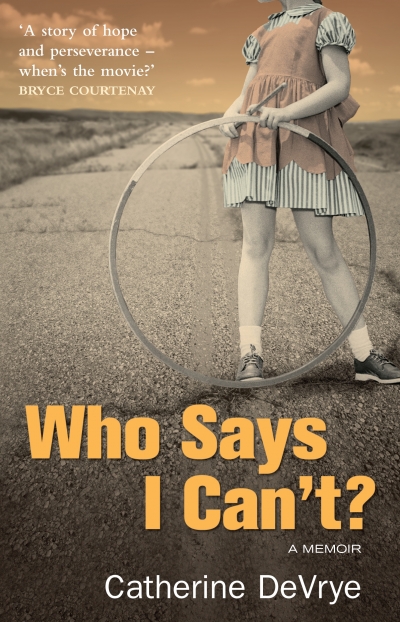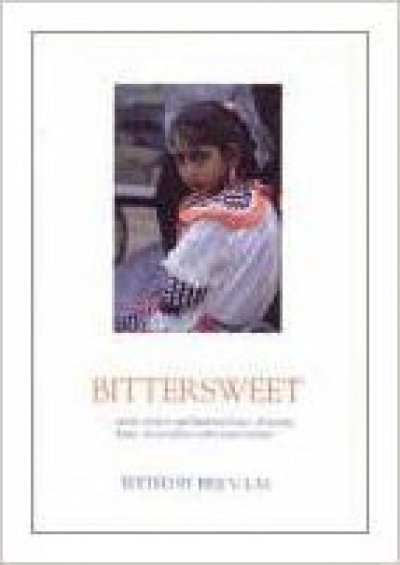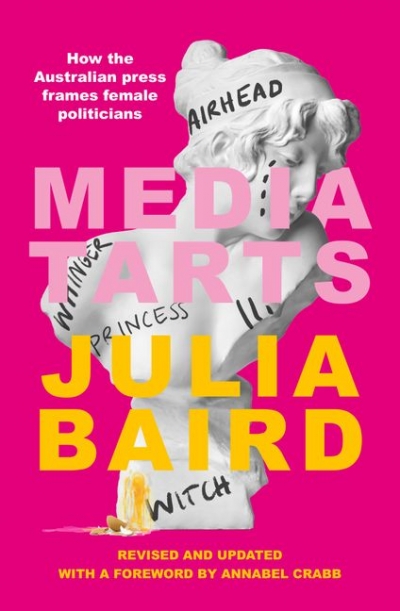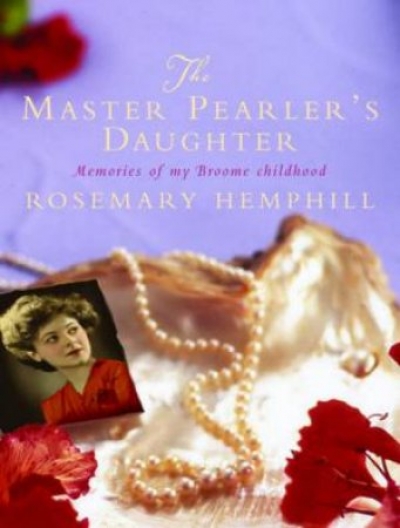Memoir
Kilroy Was Here by Kris Olsson & Desperate Hearts by Katherine Summers
by Christina Hill •
Tales Of Two Hemispheres: Boyer Lectures 2004 by Peter Conrad
by John Thompson •
Bittersweet: The Indo-Fijian Experience by Brij V. Lal
by Katherine Cummings •
Media Tarts by Julia Baird & Chika by Kerry Chikarovski and Luis M. Garcia
by Rachel Buchanan •
Clara’s Witch by Natalie Andrews & Midnight Water by Gaylene Perry
by Lisa Gorton •
The Master Pearler's Daughter by Rosemary Hemphill & Bullo by Marlee Ranacher
by Susan Varga •









